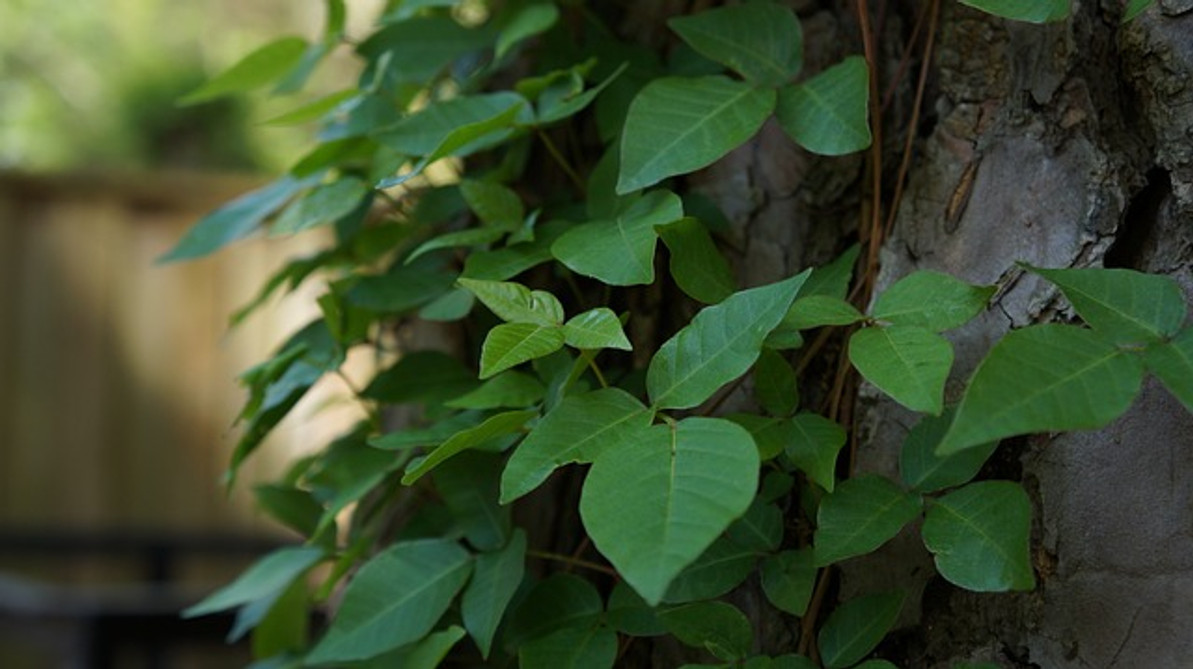Beware of Poison Ivy, Oak and Sumac When Working Outdoors
As the weather begins to warm, you may find yourself spending more time outdoors. Maybe you want to mow the lawn, or perhaps you want to pressure-wash the side of your home or business. The warm weather offers the opportunity to get outdoors and perform these tasks. But if you're going to work outdoors this summer, you should beware of poison ivy, oak and sumac.
Avoid Leaves of 3
There's an old adage that you should follow when working outdoors: "Leaves of three, let them be." Poison ivy, oak and sumac are all toxic plants that contain three leaves. Some are people are more allergic to them than others. Nonetheless, exposure to any of these toxic plants can cause blisters, rashes, itching and inflammation. Therefore, if you see a plant with three leaves, don't touch it. Avoiding contact with all three-leaved plants will protect you from poison ivy, oak and sumac.
Cover Your Skin
You can further minimize your risk of poison ivy, oak and sumac by covering your skin. If you're working in thick brush outdoors, don't wear a short-sleeve shirt. Instead, wear a lightweight long-sleeve shirt that completely covers your arms. In addition to a long-short shirt, you should consider wearing a pair of gloves. Gloves will protect your hands so that you don't accidentally touch poison ivy, oak or sumac.
Don't Cut It
A common mistake people make with poison ivy, oak and sumac is cutting it. After discovering one of these toxic plants growing in their backyard, they may use hedge trimmers or a similar tool to cut it. Cutting these toxic plants is a bad idea, however. Allergic reactions typically occur from exposure to the oil. Poison ivy, oak and sumac all contain oil. When you cut into them, you'll release this oil, which will increase your risk of an allergic reaction.
Use a Barrier Protectant
There are products available that can protect you from poison ivy, oak and sumac. These barrier protectants consist of gels or creams that, when applied to the skin, form a barrier. This barrier will prevent the oil in poison ivy, oak and sumac from touching your skin. If you're planning to work outdoors in an area where you've seen poison ivy, oak or sumac, you may want to use a barrier protectant.
Don't Burn It
You shouldn't burn poison ivy, oak or sumac, either. What's wrong with burning it exactly? All three of these toxic plants contain an allergy-triggering oil. Burning them will release the oil's natural chemicals and compounds into the air, which have been shown to cause respiratory irritation.
Recent Posts
-
Fire Safety in the Workplace: What You Need to Know
What steps are you taking to prevent fires in your workplace? According to the U.S. Occupational Saf …Aug 23rd 2023 -
Is It Safe to Go Jogging With a Cold Infection?
If you're suffering from a cold infection, you might be wondering whether it's safe to go jogging. T …Aug 22nd 2023 -
5 Safety Tips to Follow When Using a Powder-Actuated Tool
Powder-actuated tools are commonly used to join materials to steel and concrete. Also known as Hilti …Aug 20th 2023




